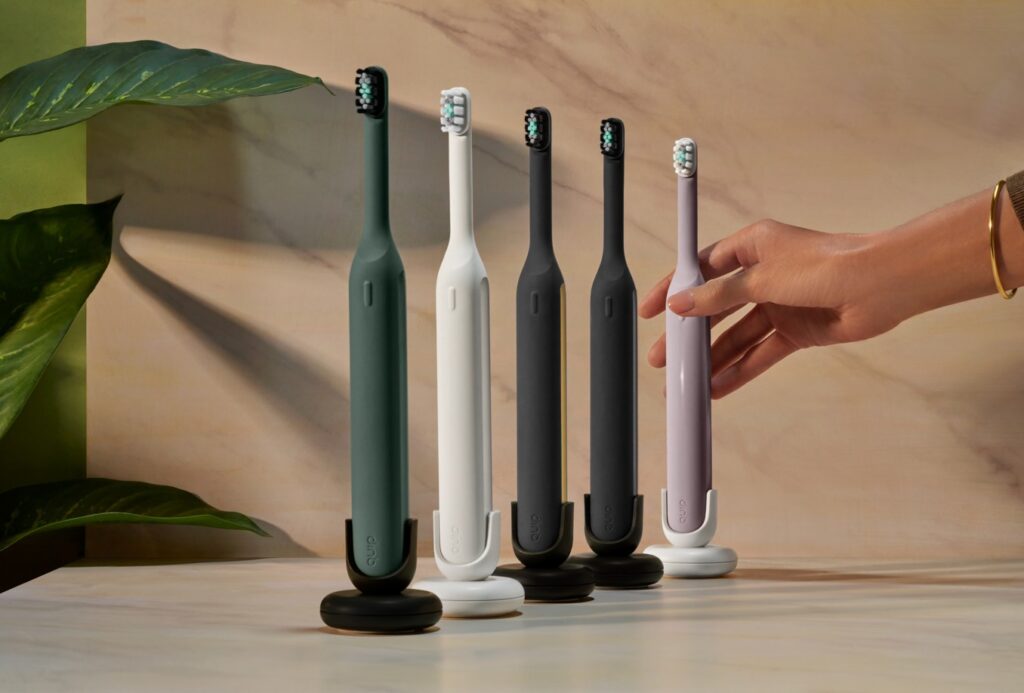1. Sales reports: the best way
Salespeople report on the disposition of every inquiry through your CRM, SFA/contact management or ASP vendor. If you sell directly to the end user with a direct sales force, you have the control and the management rules to make this happen. The salespeople must realize that if they are to work for you, you must have the final result of every sales inquiry. One simple way is to require that every order placed has a code for the source of the sale. If it is a sales lead, the source must be credited. If the rep can’t do it, he cannot place the order.
In many cases salespeople will report on an inquiry’s progress over time, and they will either close it out as dead or give it a disposition code, which shows how it is being worked. We will go over this process in a later chapter.
2. Compare invoices to inquiries: the most accurate method I
If you sell direct and you have the names of the people who buy from you, you can compare the name of the company on the invoice (not necessarily the name of an individual) against the original inquiry file. If the sale is made after the initial inquiry, you can claim the connection and credit the source. If the company that bought has inquired several times about the same product, credit the original source.
3. Did You Buy studies by telephone: a statistically significant way to take snapshots of buying activity for a single product
This method is important because someone actually talks to the end user and gets first-hand information. This and the following methods are used to get a statistically valid sample from which you can draw conclusions. Measuring the number of people who buy within three months, six months, nine months, and one year (and even longer, if necessary) will reveal patterns you can rely on for forecasting future performance.
4. Did You Buy studies by mail
Similar to Did You Buy studies by telephone, this method is attractive because it can generate the greatest numbers of potential responses at the lowest cost. For every inquiry that comes into the company over an allotted time (e.g., six months), send a self-mailer survey that, once unfolded and refolded, becomes the return vehicle for the survey. Ask the same questions asked in the telephone survey. Some companies mail from hundreds to thousands of these surveys a month. Sounds like a lot of money? Not really. The person’s name and reference number are printed on the survey form (often when the original inquiry is processed), and the surveys are put aside until the allotted mail date. The postage cost is perhaps the most significant investment. The response you can get on these types of surveys can be from 10% to 25%. For highly specialized fields (e.g., medical devices, with surveys being sent to private physicians), responses rates can be as high as 28%. Here’s an example of the long-term impact: Let’s say that you get 1000 inquiries a month, and six months after the initial inquiry you send this group of 1000 a survey. If you get 15% back for 150 responses and keep a running tabulation of the responses over time, eventually, you will have thousands of completed surveys tied back to the initial inquiries in the database.
The downside to this kind of Did You Buy study is that you will get disproportionate responses from people on the extremes who either love you or hate you. These extremes can slightly throw off the results. Over time, however, when the database of results has thousands of responses tied back to sales for dozens of products over many sources, this type of bias will fade.
5. Did You Buy studies using email
This approach is very attractive if people open the email and fill out the survey. Once the button is pushed sending the survey back to you, the results are tabulated and it is easy to take the electronic file and compare it to the inquiry file. The advantages are speed and eliminating the inconvenience and cost of manually processing mailed surveys (data entry of response, etc.). The issue is, can you get people to open the email survey? Proponents of this say they can do it (10–15% average response) with the right subject line. From my experience and given the increasing sophistication of spam filters, I wish them luck.
6. Comparing warranty cards to inquiries will give you reliable and statistically significant information
Compare the warranty card information with the inquiry database. If the date of purchase is after the initial inquiry, credit the source with a sale. This is a statistically significant way to prove the ROI for your marketing programs. It is a snapshot in time that builds a case.
This excerpt is taken with permission from James Obermayer’s Managing Sales Leads: Turning Cold Prospects, a new book from Racom Communications.
 Network
Network

